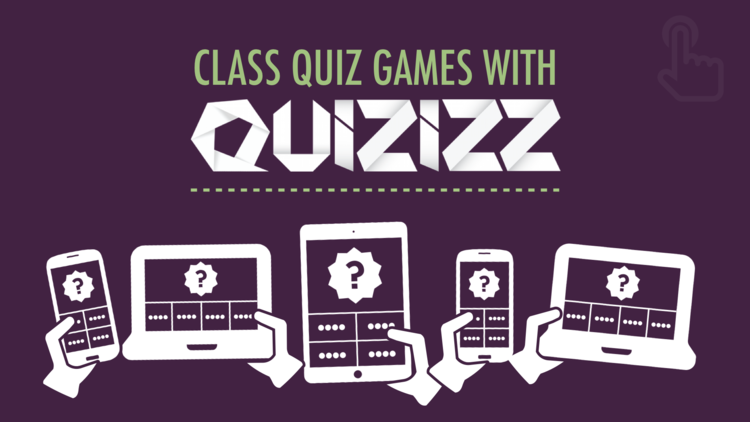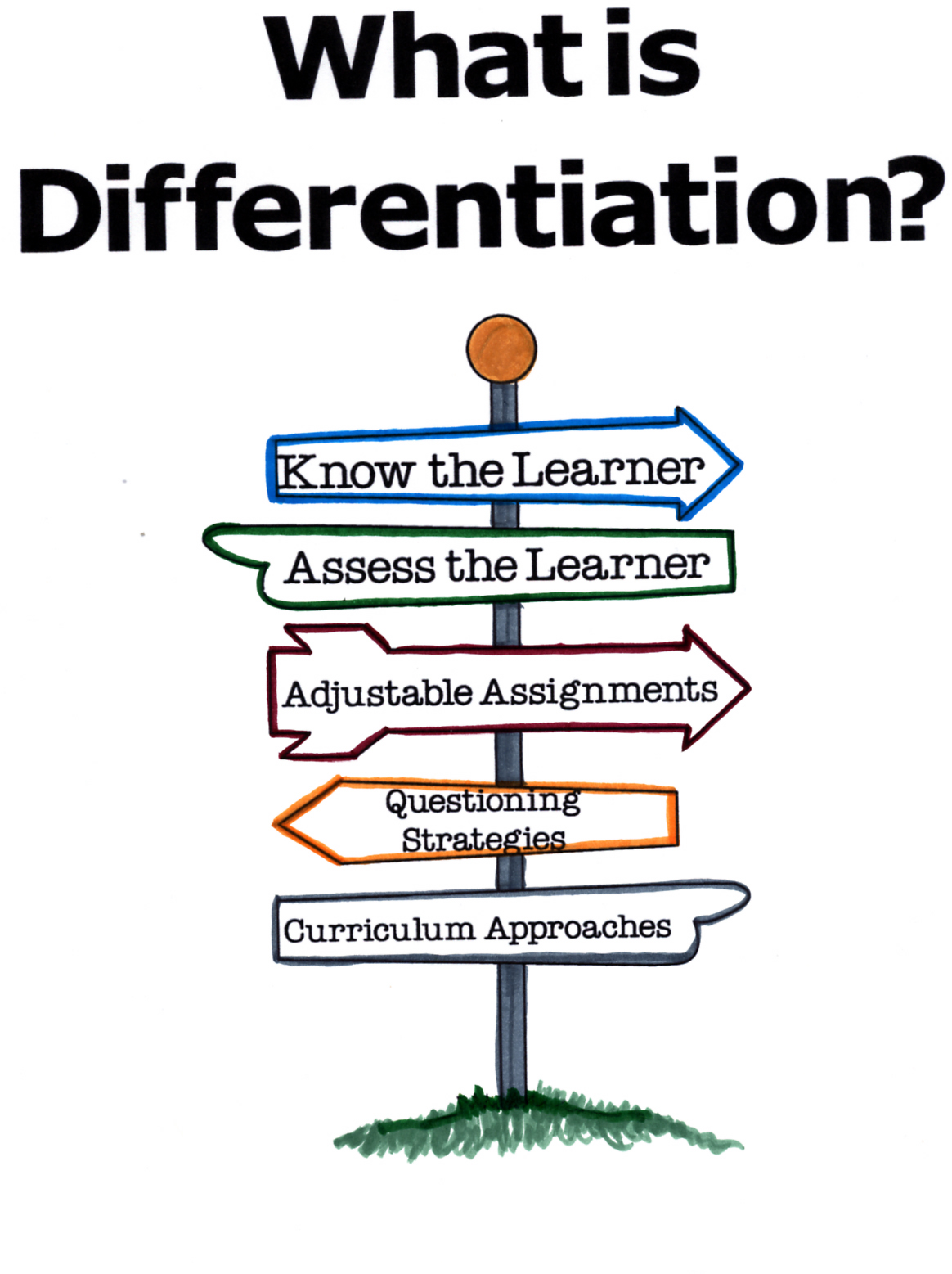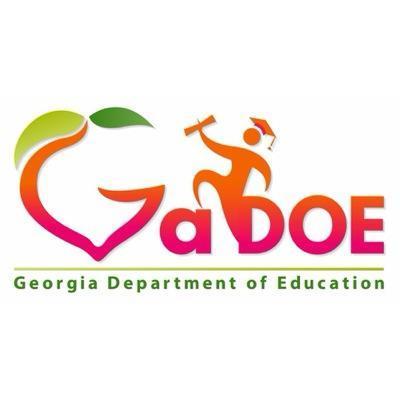 “What in the world is LLED 3530?” I was completely puzzled as my advisor read the list of classes I would be taking. I remember thinking to myself that this was probably just a UGA thing as I had not previously heard of such a course. Why would they make everyone take a literature class? I did not see how it was relevant, and that means a lot coming from an ELA major.
“What in the world is LLED 3530?” I was completely puzzled as my advisor read the list of classes I would be taking. I remember thinking to myself that this was probably just a UGA thing as I had not previously heard of such a course. Why would they make everyone take a literature class? I did not see how it was relevant, and that means a lot coming from an ELA major. The first day of class rolled around and I had no idea what to expect. I thought we would be reading or listening to a professor read for an hour and fifteen minutes and that in itself was enough for me to not get excited for my first day of my first semester at UGA. “Well, it can’t be that bad. I’m sure all we’ll do today is introduce ourselves, listen to the syllabus, and go home.” I smiled internally. I was mistaken. We introduced ourselves and just as I thought Mr. Robinson was going to whip out the syllabus, he introduced an interactive activity. It was at this juncture that I knew this class would not be anything like I expected. He did not even go over the syllabus in depth. “What kind of class is this?”
The first day of class rolled around and I had no idea what to expect. I thought we would be reading or listening to a professor read for an hour and fifteen minutes and that in itself was enough for me to not get excited for my first day of my first semester at UGA. “Well, it can’t be that bad. I’m sure all we’ll do today is introduce ourselves, listen to the syllabus, and go home.” I smiled internally. I was mistaken. We introduced ourselves and just as I thought Mr. Robinson was going to whip out the syllabus, he introduced an interactive activity. It was at this juncture that I knew this class would not be anything like I expected. He did not even go over the syllabus in depth. “What kind of class is this?”Needless to say, and in all honesty, I am extremely happy that this class was the polar opposite of what I believed it would be. I enjoyed not having to read a ton of literature every night for homework. I appreciated not having to listen to a teacher read a ton of literature or stand before the class presenting a boring lecture. LLED 3530 actually made me excited about literature again because there was a plethora of activities and strategies that can be implemented in ANY content area almost effortlessly. LLED 3530 was a class that I felt engaged in. For years, I have enjoyed writing. Had I been able to write in other classes like physical science or math (insert side eye), I probably would have a done a lot better. I was able to stay afloat partially because I was able to write and communicate how much I learned via blogging. I cannot understand why my middle school teachers taught the way that they did after taking this class. Honestly, I believe a few college professors should take this course as LLED 3530 sort of became my rubric.
Of all the strategies covered and lessons taught, my all-time favorite was the Think Aloud strategy. As we observed the video shown in class and as my classmates and I presented to each other, I discovered that there are so many different ways to implement this strategy. There are so many angles that one might come from and that is the beauty of it. As noted in the textbook, it is a way that students can hear a proficient reader. That is especially important because many students cannot read well. By stopping to break down the information as the text goes along, one can ensure that the children are keeping up and that they understand what the text is saying. I appreciate how connections can be formed. Because I love poetry, I used poems from Gwendolyn Brooks and Langston Hughes to model the Think Aloud strategy. I was excited about the real-world connections that could be made, but I also enjoyed hearing feedback from classmates and listening to the connections that they made and their interpretations. Using this in a middle school classroom would be wonderful because it will allow students to express themselves and feel good about their thoughts. It will also help teachers understand where their students are coming from and how their thought process works. The Thinking Strategy is also useful for questioning the text, thus making students critical thinkers.
Although I really enjoyed this class, I am not so sure how well it would work if it was presented differently. If it was not as engaging, I honestly do not think I would see the need or how useful it would be for pre-service teachers who are not interested in ELA. Nevertheless, I learned lessons that I will take with me well into my teaching career. I also have enough Text Sets, resources, and lesson plans to last a few units. That’s a win-win in my book.
722






 I have decided to center
my text set around the Integration of Knowledge and Ideas portion of the
Georgia Standards of Excellence for 8th graders. There are three
standards listed under this heading, however, two of them especially grabbed my
attention. ELAGSE8R17 requires the
instructor to teach the students how to “evaluate the advantages and
disadvantages of using different mediums (e.g., print or digital text, video,
multimedia) to present a particular topic or idea.” ELAGSE8R19 requires students to learn how to “analyze a case in
which two or more texts provide information on the same topic and identify
where the texts disagree on.” Because I believe that the two of these standards
are inextricably connected in a sense, I would like to tackle both of them in my
text set. In my opinion, ELAGSE8R19 can
be used to prove or examine ELAGSE8R17.
Students will use an example of how two texts tell the same story from
completely different perspectives to identify some advantages and disadvantages
of using different means of presenting information. This text set will be
instrumental in not only fulfilling the requirements delineated in the standard,
but also teaching students the importance of thinking for themselves amongst
other literary skills.
I have decided to center
my text set around the Integration of Knowledge and Ideas portion of the
Georgia Standards of Excellence for 8th graders. There are three
standards listed under this heading, however, two of them especially grabbed my
attention. ELAGSE8R17 requires the
instructor to teach the students how to “evaluate the advantages and
disadvantages of using different mediums (e.g., print or digital text, video,
multimedia) to present a particular topic or idea.” ELAGSE8R19 requires students to learn how to “analyze a case in
which two or more texts provide information on the same topic and identify
where the texts disagree on.” Because I believe that the two of these standards
are inextricably connected in a sense, I would like to tackle both of them in my
text set. In my opinion, ELAGSE8R19 can
be used to prove or examine ELAGSE8R17.
Students will use an example of how two texts tell the same story from
completely different perspectives to identify some advantages and disadvantages
of using different means of presenting information. This text set will be
instrumental in not only fulfilling the requirements delineated in the standard,
but also teaching students the importance of thinking for themselves amongst
other literary skills. 